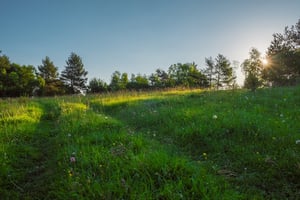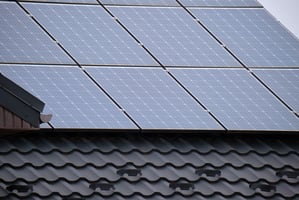As a custom home builder specializing in luxury properties within rural and equestrian environments, I understand the unique challenges these projects present. Creating a home that not only meets the high standards of luxury but also caters to the specific needs of equestrian lifestyles requires careful planning. Here are some essential pre-construction considerations to ensure the success of building custom homes in hunt country settings.
1. Understanding the Environment
The first step in any equestrian-oriented construction project is to thoroughly understand the environment. This includes studying the topography, soil quality, and local climate. These factors significantly influence the design and materials used in building both the home and any associated equestrian facilities such as stables, paddocks, and arenas. For instance, drainage is a critical consideration, as poor drainage can lead to muddy conditions that could be detrimental to the horses and the usability of the site.
2. Integrating Equestrian Facilities
Designing a luxury home in an equestrian environment involves more than the living quarters. It's about creating a seamless integration of home and horse facilities. This integration should promote ease of access and functionality while maintaining aesthetic harmony with the surroundings. Considerations include proximity to horse stables, view corridors, and the layout of pathways that connect different parts of the property.
3. Zoning and Regulatory Compliance
Before breaking ground, it’s important to have a full understanding of the maze of zoning laws and regulations specific to equestrian properties. These can include limits on the number of animals per acre, building setbacks, and specific requirements for waste management. Engaging with local planning authorities early and often ensures that all aspects of the property are compliant and approved to avoid costly revisions or legal complications.
4. Sustainability and Environmental Impact
Sustainability is a key consideration in the construction of luxury homes today, especially in natural settings like equestrian environments. Techniques such as using renewable energy sources, sustainable building materials, and water conservation systems not only minimize the environmental impact but also enhance the property's efficiency and long-term sustainability.
5. Custom Design and Client Involvement
As a custom builder, my approach emphasizes tailored design solutions that reflect the unique use and lifestyle of each client. This involves close collaboration with the clients to understand their vision and expectations for both their home and equestrian facilities. From choosing materials that reflect the local aesthetic to designing layouts that enhance the daily routines of the residents and their horses, every detail is intentional.
6. Long-Term Maintenance and Management
Finally, considering the long-term maintenance and management of the property during the planning stages can prevent unforeseen complications. This includes the selection of materials and designs that are durable and easy to maintain, as well as planning for the management of the estate, from landscaping to caring for equestrian facilities.
Building a custom luxury home in an equestrian environment requires careful thought and intentional planning. I build in Virginia’s Hunt Country and have many years of experience that I am happy to talk with you about.




